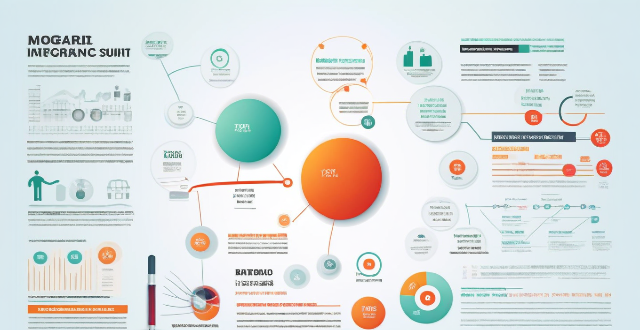How to make sure your infographic is accessible to people with disabilities, including using clear and simple language, high contrast colors, text descriptions for visual elements, captions and transcripts, keyboard navigation, compatibility with assistive technologies, consistent layout and structure, and testing and feedback.

How to Ensure Your Infographic is Accessible to People with Disabilities
Creating an accessible infographic means ensuring that it can be understood and navigated by people with different types of disabilities. Here are some guidelines to follow:
Use Clear and Simple Language
- Avoid Jargon: Stick to plain language that's easy to understand.
- Be Concise: Keep text brief but informative.
High Contrast Colors
- Vibrant Hues: Use colors that have a high contrast ratio for better visibility.
- Color Blindness: Avoid color combinations that are difficult for people with color blindness to distinguish.
Text Descriptions for Visual Elements
- Alt Text: Provide alternative text descriptions for images and charts.
- Long Descriptions: Offer detailed descriptions for complex visuals.
Captions and Transcripts
- Closed Captions: Include captions for any video or audio elements.
- Transcripts: Provide full transcripts for auditory content.
Keyboard Navigation
- Tab Index: Make sure all interactive elements can be reached using a keyboard.
- Focus Indicators: Clearly show which element is currently in focus.
Compatibility with Assistive Technologies
- Screen Readers: Test your infographic with screen readers like JAWS or NVDA.
- Refreshable Braille Displays: Ensure compatibility with braille displays.
Consistent Layout and Structure
- Predictable Design: Use consistent layout so users can predict where information is located.
- Logical Flow: Organize content in a logical order that's easy to follow.
Testing and Feedback
- User Testing: Have people with disabilities test your infographic.
- Incorporate Feedback: Make adjustments based on the feedback received.
By following these guidelines, you can create an infographic that is both visually appealing and accessible to a wide audience, including those with disabilities.